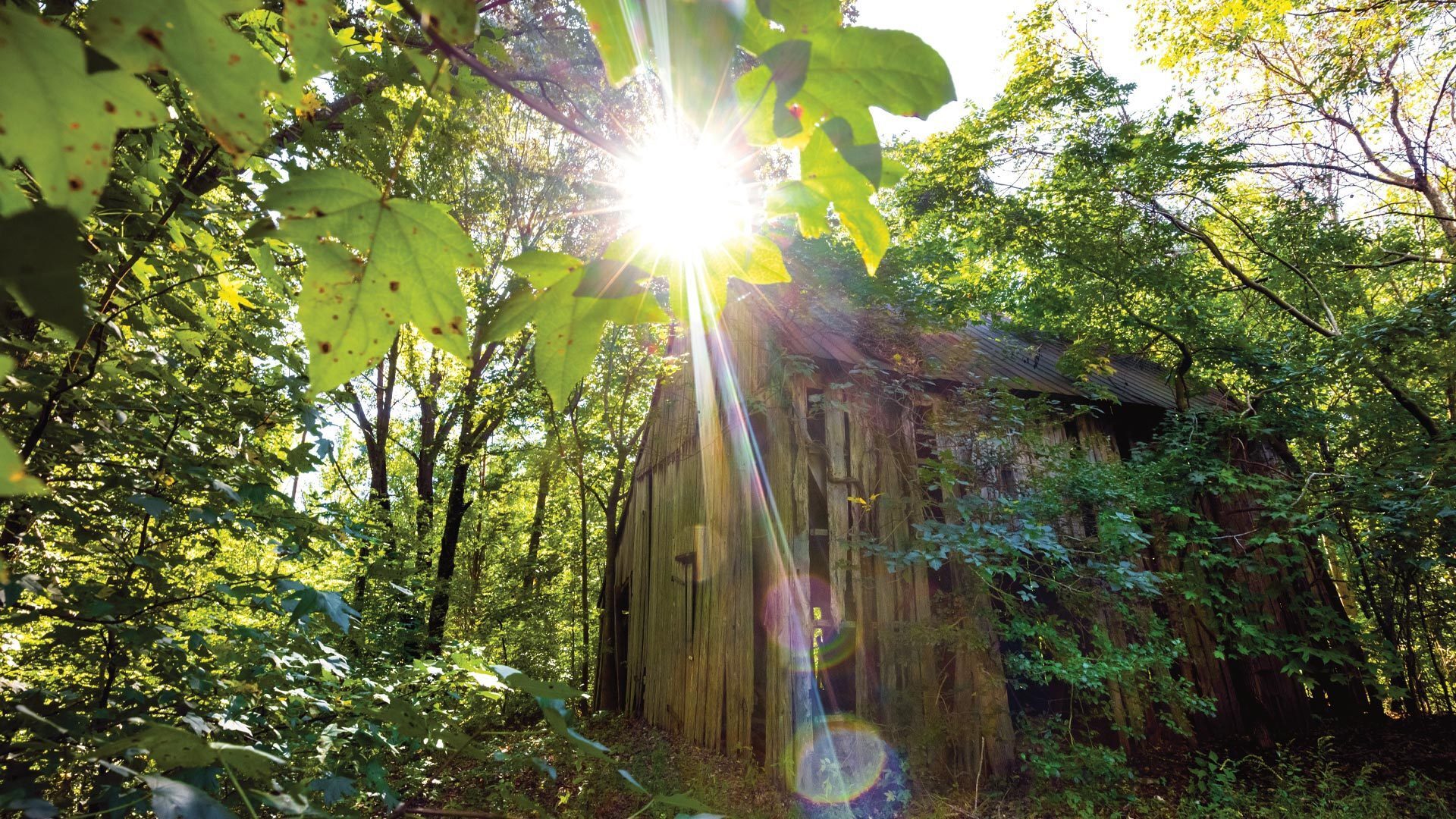- March 30, 2023
- By Sala Levin ’10
WINDING ALONG THE WOODED OR wide-open roads of Southern Maryland, you might one day find a ghost. It takes some searching, but after parking on a rutted, muddy path or a patch of thin gravel, then high-stepping over knee-length grasses to some secluded spot, you may come across a dilapidated wood barn.
With its characteristic heavy timber frame and internal horizontal poles for hanging the tobacco leaves to cure, the barn recalls the Southern Maryland of centuries ago: thick forests, ships coming and going on the region’s many rivers and tributaries, and fields erupting in the wide leaves of the tobacco plant.
Tobacco barns were once ubiquitous, visible signs of the crop’s grip on the economy and day-to-day life of St. Mary’s, Charles, Calvert, Anne Arundel and Prince George’s counties, where enslaved people did the exhausting work of harvesting and drying.
But since the deadly effects of tobacco became widely known, the barns have fallen into disuse and disrepair, their unique structure rendering them good for no other money-making pursuits. The 2000 launch of the state’s Tobacco Crop Conversion Program, commonly known as the tobacco buyout, signaled Maryland’s official stance on tobacco farming: No more. Four years later, the National Trust for Historic Preservation ranked Southern Maryland’s tobacco barns among the most endangered historic places in the U.S.
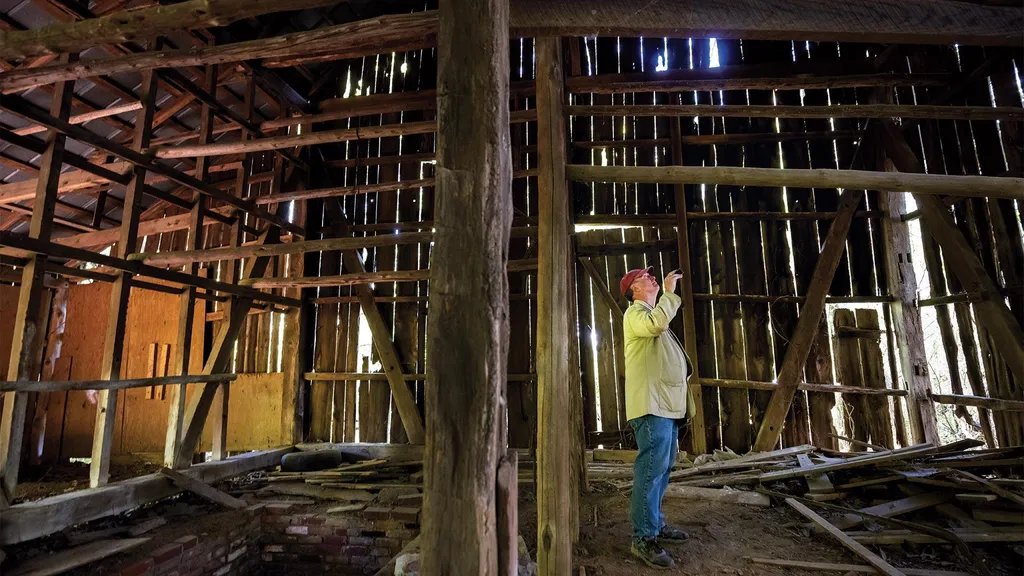
According to the Maryland Inventory of Historic Properties, about 150 pre-Civil War tobacco barns remain in the state. Dennis Pogue, associate research professor of historic preservation in the School of Architecture, Planning and Preservation, estimates it’s closer to 75; buildings like these are notoriously hard to keep track of, given their tendency to collapse or their owners’ eagerness to tear them down.
Funded by a two-year grant from the Maryland Historical Trust, and with help from the five counties’ planning offices, Pogue and former students Chris Bryan MHP ’21 and Sara Baum MHP ’20 are hoping to document every remaining pre-Civil War tobacco barn in Southern Maryland.
“It’s a huge cultural thing, and was socially, economically and culturally what really defined Southern Maryland for more than 300 years,” he said. “I don’t lament the demise of tobacco, but that doesn’t mean that these buildings aren’t still culturally important.”
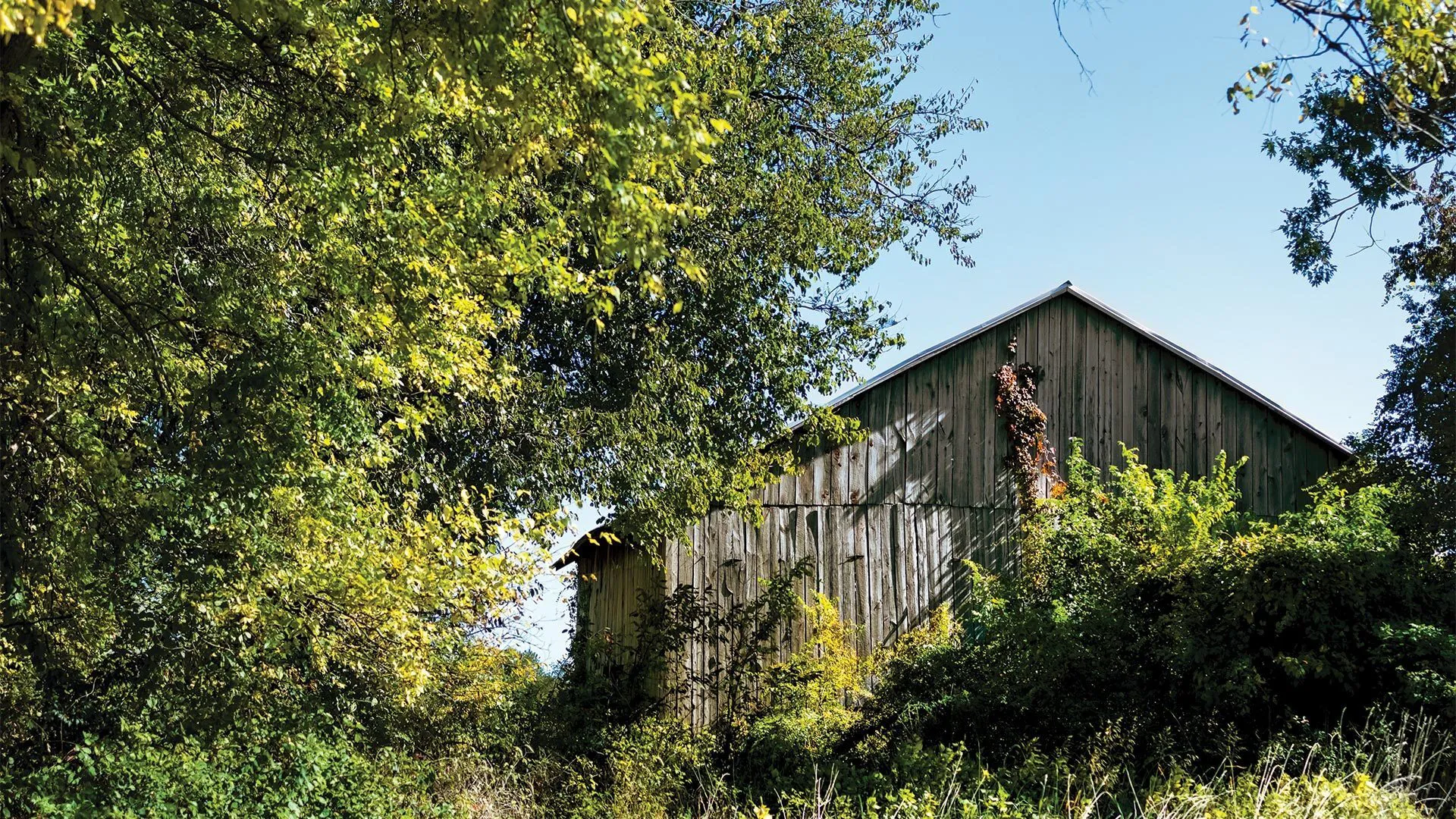
Allison Luthern, the agency’s architectural survey administrator, calls the barns “highly endangered resources.” “If you want to capture information about these buildings before they’re gone, survey is the way you do that.”
Pogue drives through the state, knocking on homeowners’ doors to ask if he can check out their decrepit barn out back. He asks if they know of any other tobacco barns. Usually, they don’t.
Once he’s granted access, Pogue starts taking notes and sketching. He inspects the barn’s wood poles and joints, determining from the surface of the wood whether they were cut with a circular saw or a pit saw and whether the nails used are made by hand or machine. He measures the poles spanning the width and length of the barn, and their distance from one another. He finds the vents needed to allow the tobacco to air dry over the fall and winter.
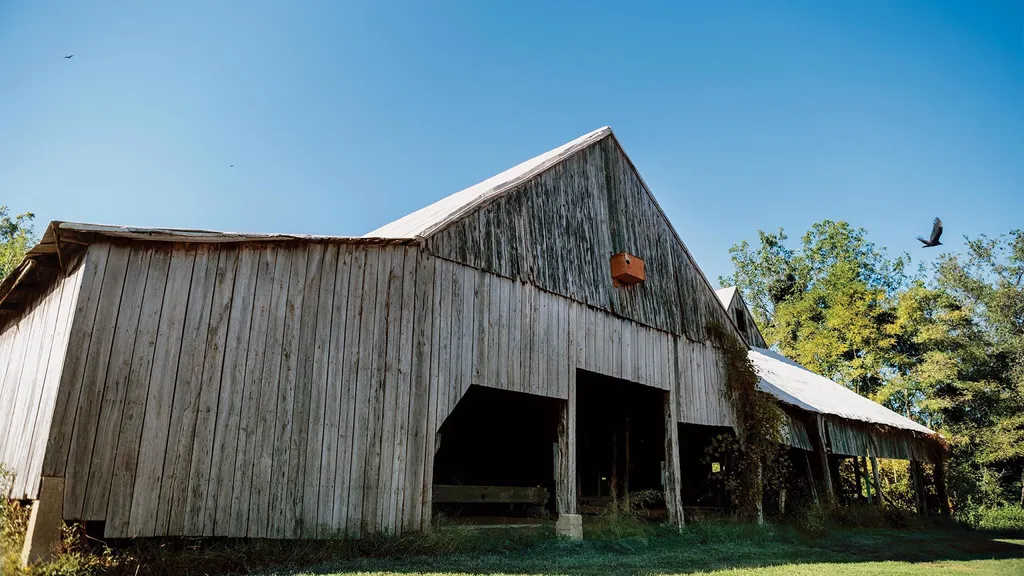
What Pogue’s drawings can only hint at is the human history. The state’s native people grew tobacco, and taught the English colonists how to plant and harvest the crop when they arrived in the 1630s. It was a natural fit for the region’s humid climate and largely flat landscape.
By the early 18th century, tobacco was big money in the state, and after the Revolutionary War, Virginia and Maryland accounted for 80% of all tobacco exported from America.
By the early 18th century, tobacco was big money in the state, and after the Revolutionary War, Virginia and Maryland accounted for 80% of all tobacco exported from America.
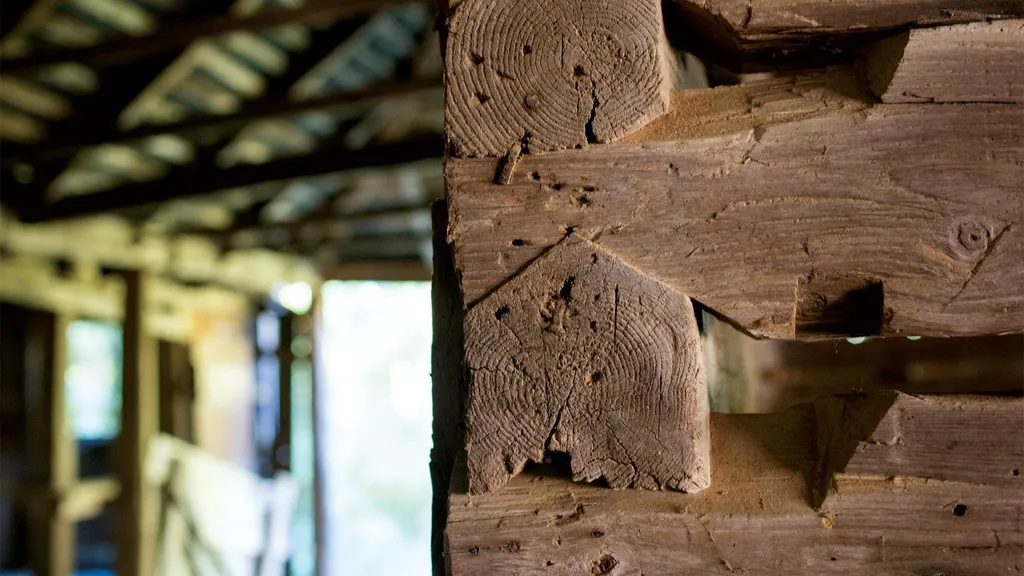
Slavery was essential to the industry as practiced here. By 1850, nearly two-thirds of the population of Charles, Anne Arundel and Prince George’s counties were enslaved people. They did most of the labor-intensive work of planting, harvesting and drying tobacco.
“It is true, that from the period when the tobacco plants are set in the field, there is no resting time until it is housed,” wrote Charles Ball, who’d been born on a tobacco planation in Calvert County, in his 1859 first-person account, “Fifty Years in Chains, Or The Life of an American Slave.” “After it is hung and dried, the labor of stripping and preparing it ... is comparatively a work of leisure and ease.”
After the Civil War, the tobacco market crumbled, but rebounded in the early 20th century and remained strong until roughly the 1980s. The public grew to know more about the dangers of tobacco, and eventually, then-Maryland Gov. Parris Glendening launched the tobacco buyout, offering growers a dollar per pound for 10 years, provided they agreed to permanently end producing tobacco. Ultimately, 94% of the state’s tobacco growers took the deal.
For Pogue, the nitty-gritty details of how people of all social strata lived in the past are essential to understanding the full historical picture.
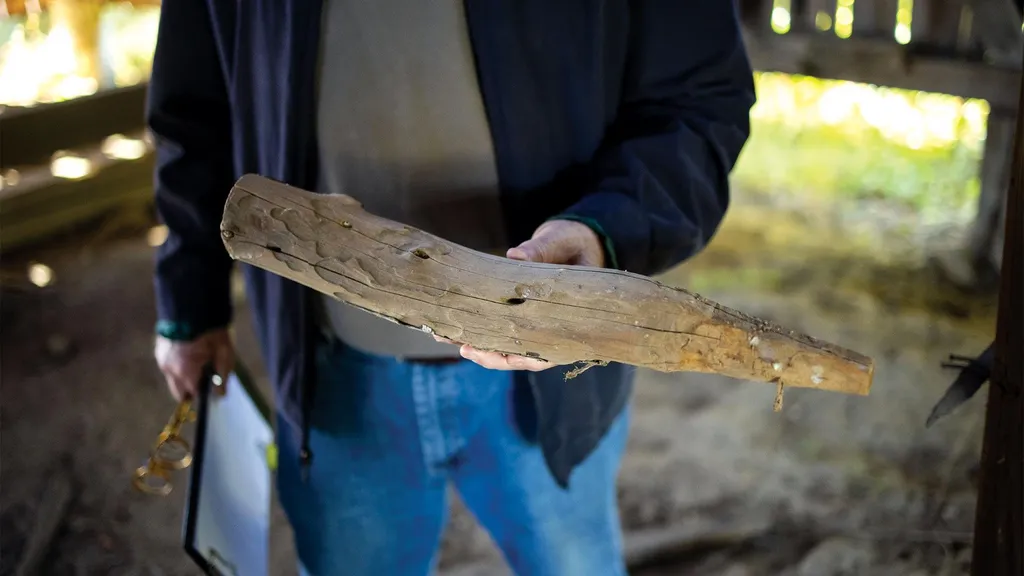
Another project of his focuses on preserving Virginian slave quarters, an endeavor he first became interested in during his time working at Mount Vernon.
The students who work on tobacco barns with Pogue share his sense of urgency. “You can learn about how they utilized these barns in their daily tasks,” said Bryan. “Folks who had them, and those barns as a resource for doing that, are disappearing, so getting a good record of them leaves that (information) behind for people 20 years from now, when there aren’t more than a couple barns left.”
Pogue and Bryan have encountered their share of disappointments. Recently, the owners of a Calvert County barn razed it without notifying the county beforehand.
“If we had known, we would have gone and recorded the barn in advance,” Pogue said. “No matter what would’ve happened, at least we would have (a record), and that’s sort of the attitude we have toward this—at least we have evidence for these buildings, even if they have to go.”
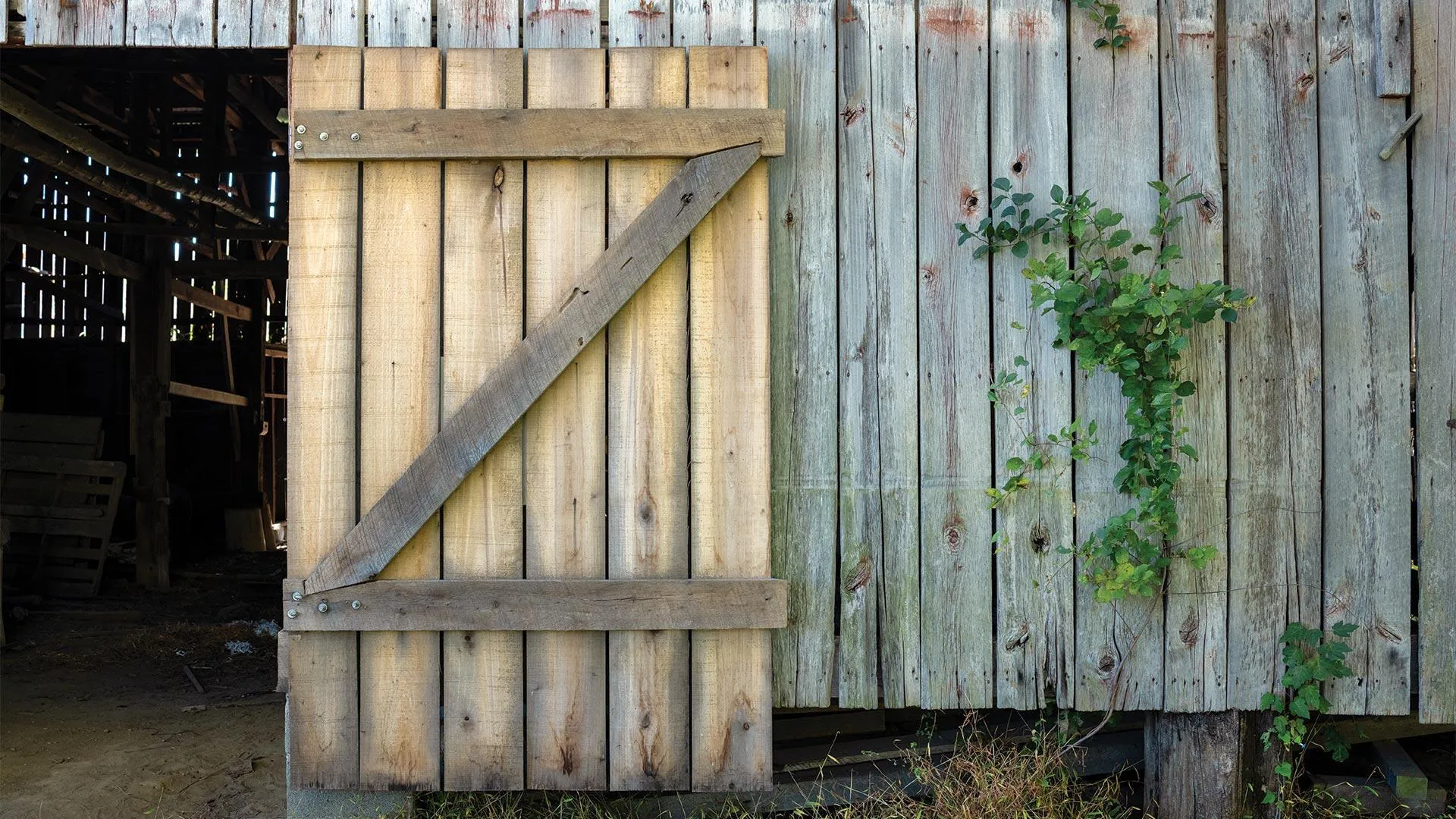
This story is featured in the Winter 2023 issue of Terp magazine. Find all the stories online at terp.umd.edu.
